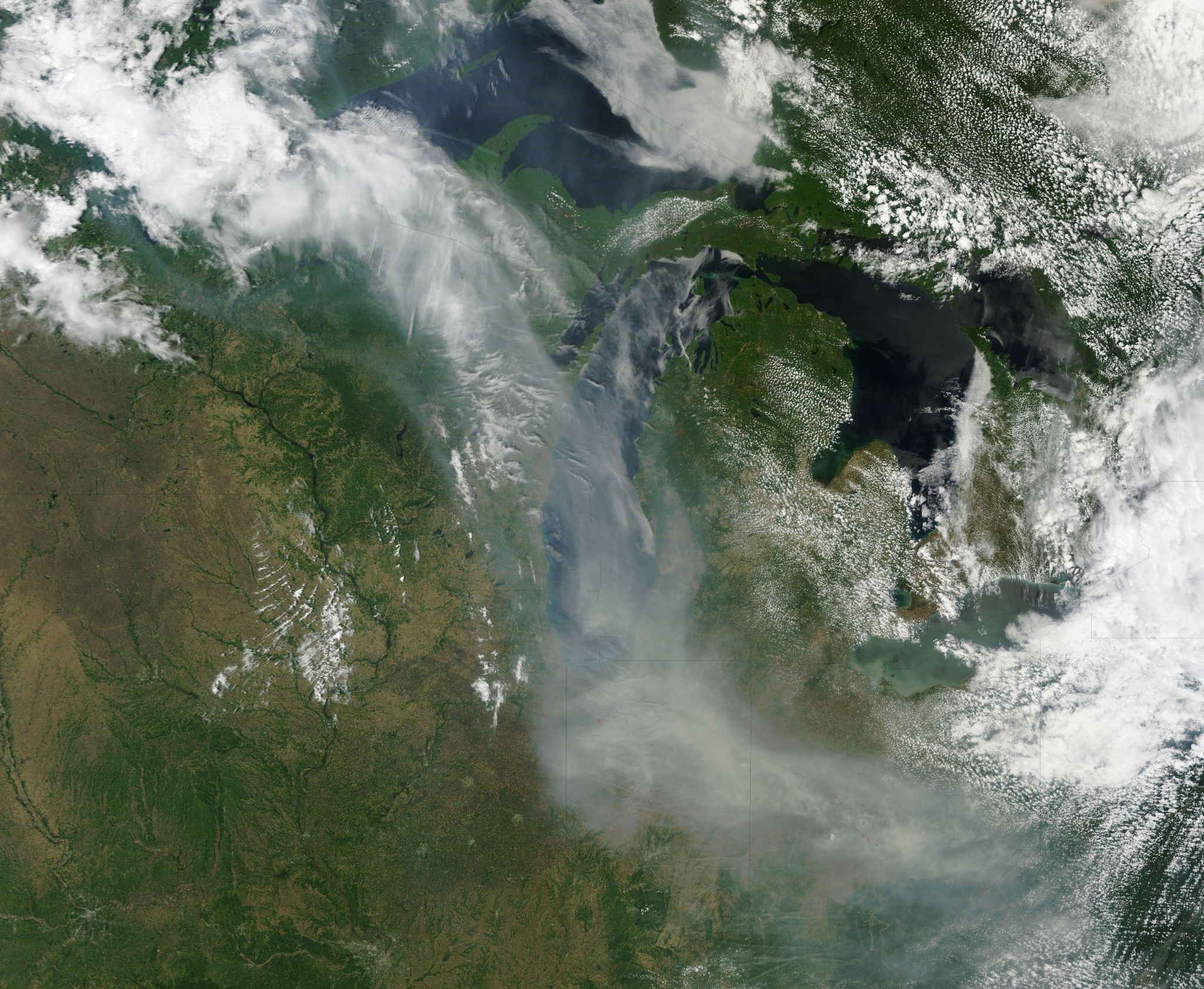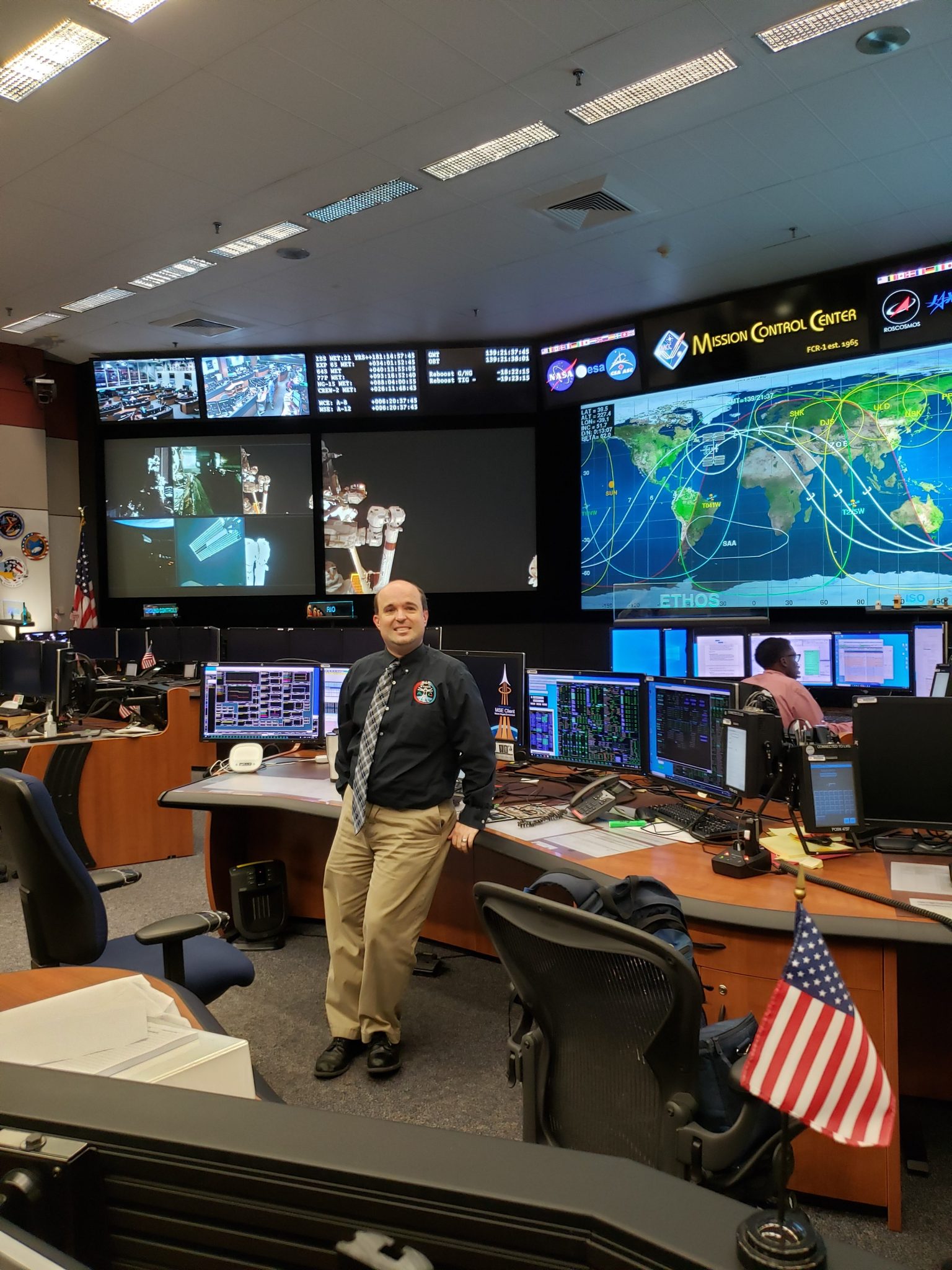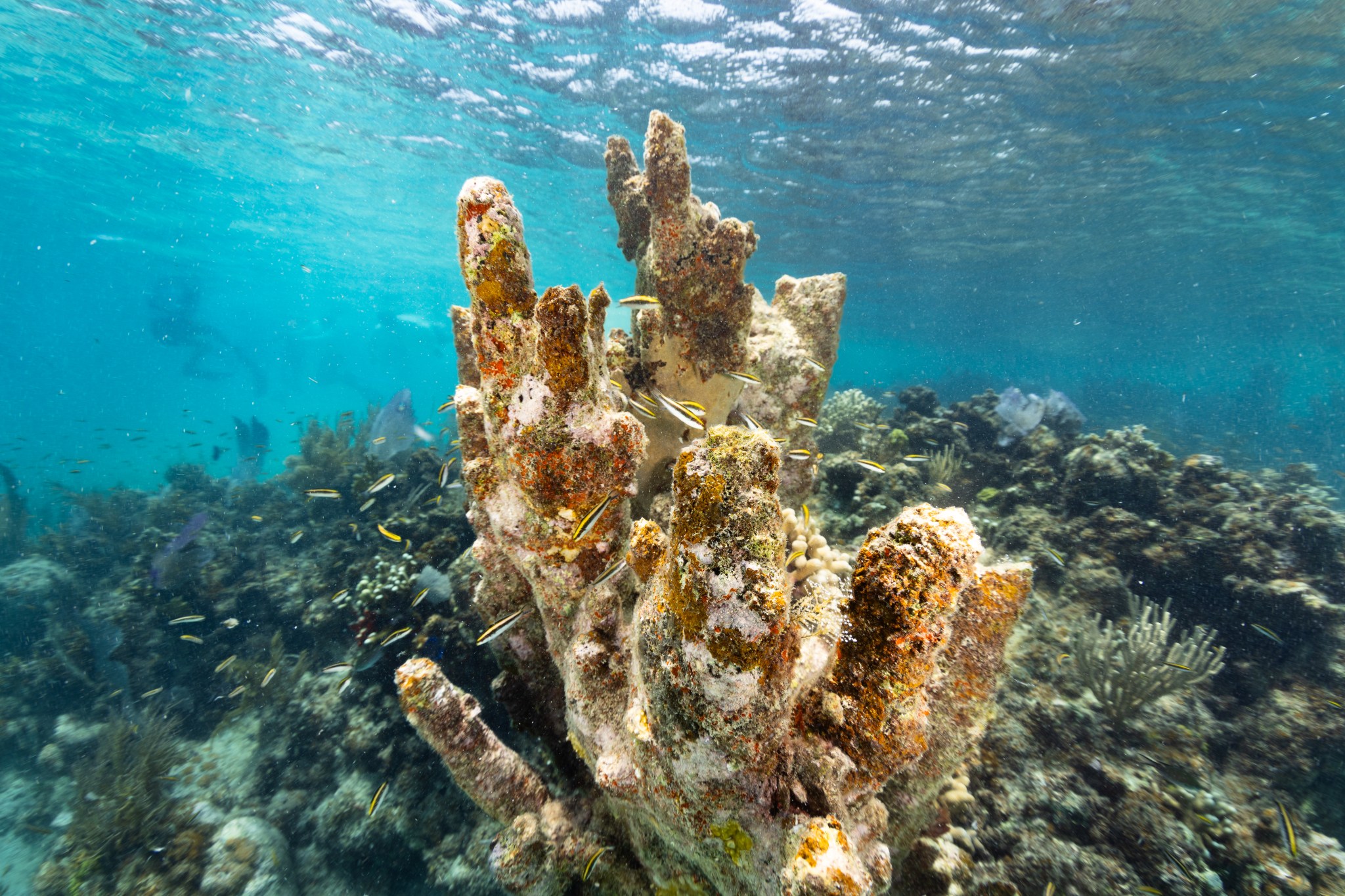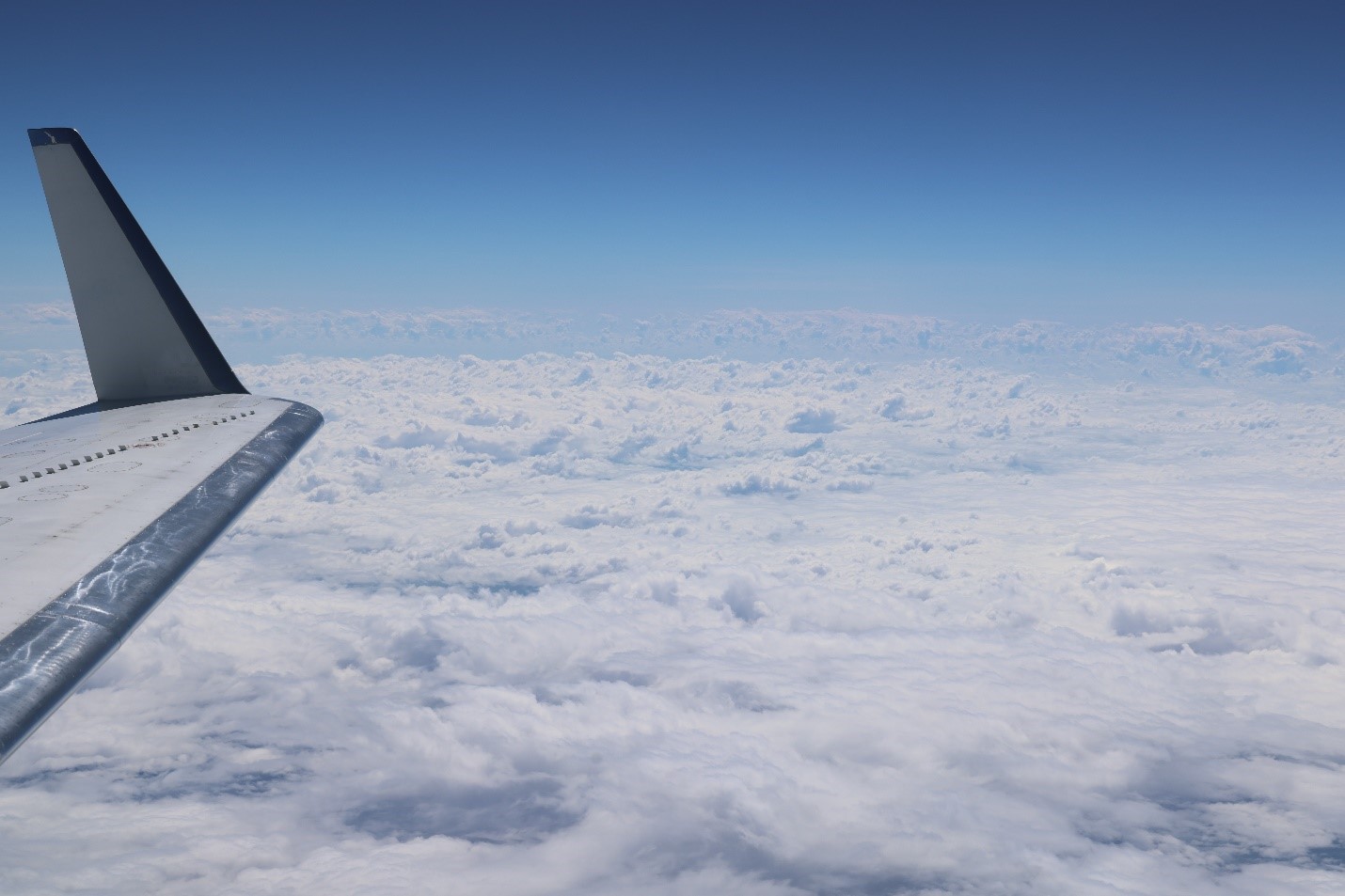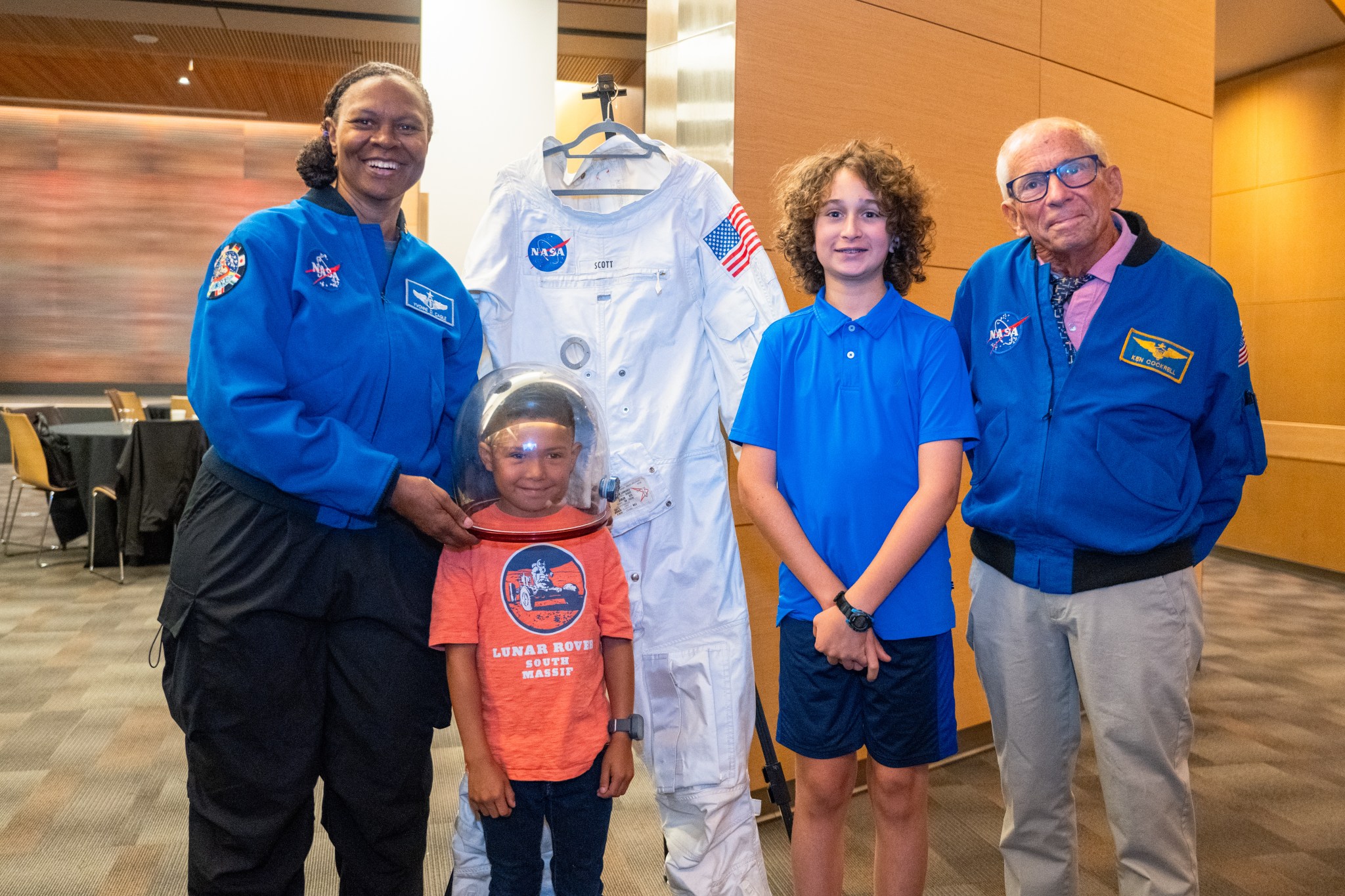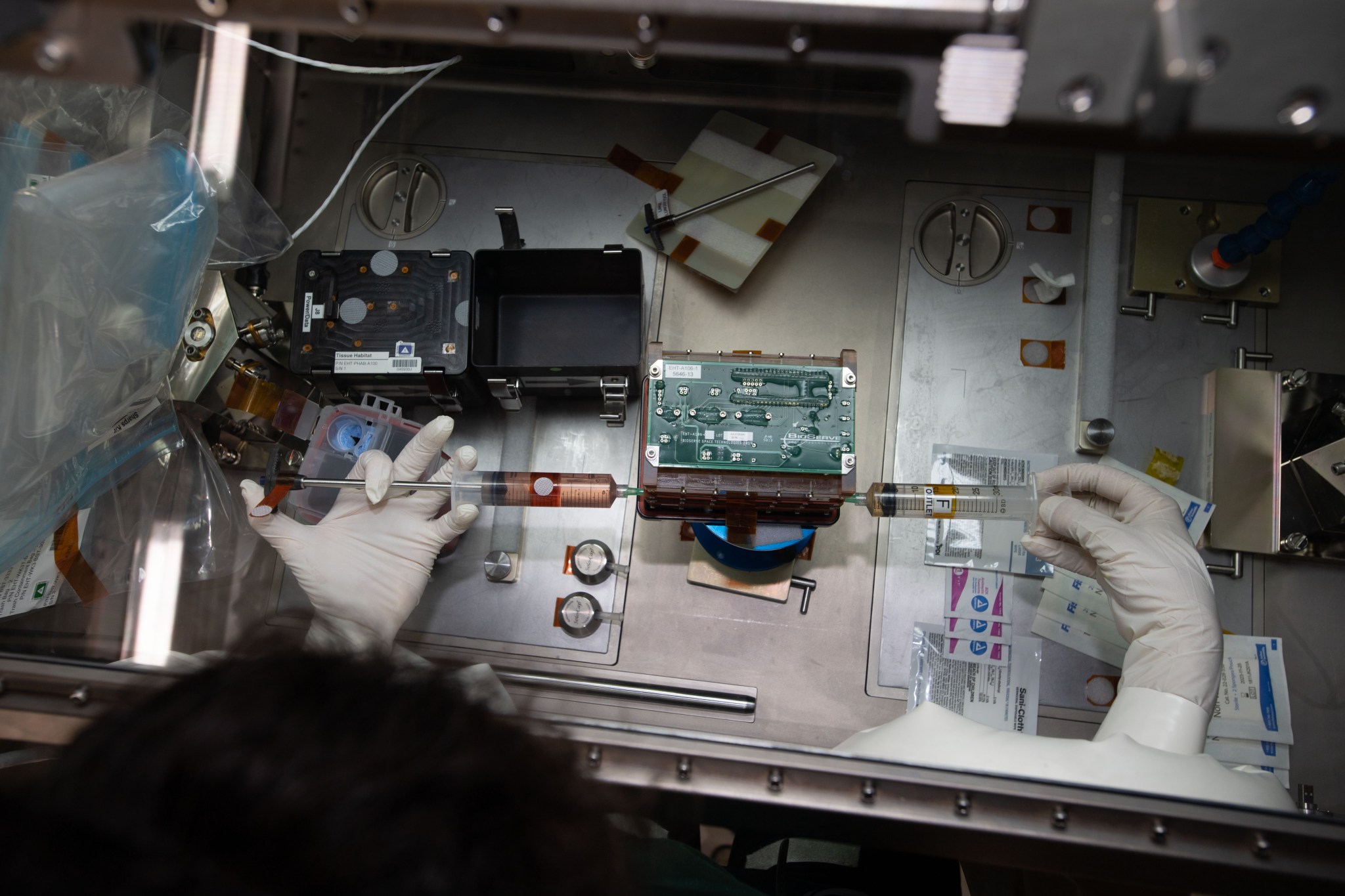Dr. Nipa Phojanamongkolkij does not always do things the traditional way. As a systems engineer (SE) at Langley Research Center working closely with the Aeronautics Research Mission Directorate, Nipa pushes boundaries and draws connections where few others would think to look. When she envisioned a way to use ChatGPT to help SE teams working on the Advanced Air Mobility Mission, she presented her initial idea to her team wondering, “Is this crazy?” Her idea evolved into a successful prototype, which is now used for air traffic management in the Airspace…
Read MoreCategory: General
Anything and everything space
Industry Supported Battery Passivation Techniques – Request for Information
The National Aeronautics and Space Administration (NASA) Ames Research Center (ARC) on behalf of the Space Technology Mission Directorate’s (STMD) Small Spacecraft Technology (SST) Program and is hereby soliciting information from potential sources for inputs on industry, academia, or government adopted battery passivation techniques. As part of a continual process improvement effort and potential requirement revisions, the NASA Small Spacecraft community, Office of Safety and Mission Assurance, and Orbital Debris Program Office are seeking inputs from industry on battery passivation techniques that are used by industry to satisfy the Orbital Debris Mitigation…
Read MoreS-MODE, ASIA-AQ, and the Role of ESPO in Complex Airborne Campaigns
7 min read Preparations for Next Moonwalk Simulations Underway (and Underwater) Jhony Zavaleta, ASIA-AQ Project Manager, welcomes DC-8 Navigator Walter Klein and the rest of the aircraft crew to U-Tapao, Thailand for its initial arrival to the country during the ASIA-AQ campaign. Erin Czech (back, blue shirt) and Jaden Ta (front, black pants) served as part of the Thailand ESPO site management team, while Zavaleta and Sam Kim (far right) worked as the ESPO advance team to prepare each new site for the mission’s arrival. NASA Ames/Rafael Luis Méndez Peña…
Read MoreWhat is Air Quality?
5 min read Preparations for Next Moonwalk Simulations Underway (and Underwater) Clean air is essential for healthy living, but according to the World Health Organization (WHO), almost 99% of the global population breathes air exceeding their guideline limits of air pollution. “Air quality is a measure of how much stuff is in the air, which includes particulates and gaseous pollutants,” said Kristina Pistone, a research scientist at NASA Ames Research Center. Pistone’s research covers both atmospheric and climate areas, with a focus on the effect of atmospheric particles on climate…
Read MoreNavigating Space and Sound: Jesse Bazley Supports Station Integration and Colleagues With Disabilities
A salute is widely recognized as a display of respect, but did you know it also means ‘hello’ in American Sign Language? It is one of the signs that Jesse Bazley, International Space Station/Commercial Low Earth Orbit Development Program integration team lead, subtly incorporates into his daily interactions with colleagues at NASA’s Johnson Space Center in Houston. In May 2021, Jesse Bazley worked his final shift as an Environmental and Thermal Operating Systems flight controller in the Mission Control Center at NASA’s Johnson Space Center in Houston. Image courtesy of…
Read MoreWhat is a Coral Reef?
7 min read Preparations for Next Moonwalk Simulations Underway (and Underwater) Juvenile black, white, and yellow-striped Bluehead wrasse fish dart in and out of a dead colony of pillar coral (Dendrogyra cylindrus), now covered in various algae, in the waters of Playa Melones, Puerto Rico. NASA Ames/Milan Loiacono Coral reefs cover only 1% of the ocean floor, but support an estimated 25% of all marine life in the ocean, earning them the moniker ‘rainforest of the sea.’ They also play a critical role for coastal communities; preventing coastal erosion, protecting…
Read MoreOpenET: Balancing Water Supply and Demand in the West
15 min read Preparations for Next Moonwalk Simulations Underway (and Underwater) At the end of 2022, 65 percent of the Western United States was in severe drought, the result of a two decades long mega drought in the Colorado River Basin that had captured headlines around the world. However, it was flooding, not drought, that was making headlines when we began our research for this story about OpenET, a revolutionary new online platform geared towards helping farmers and water managers monitor and reduce water use in watersheds where supplies were…
Read MoreNASA Activates Resources to Help Assess Impacts from Hurricane Milton
NASA canvases the areas impacted by Hurricane Milton using cloud-penetrating L-band radar providing responders insight into flooding across Florida. NASA In the wake of Hurricane Milton, NASA is deploying resources to support Federal Emergency Management Agency (FEMA) and state emergency management agencies to aid their response effort including satellite and aerial data collection. The agency’s Disasters Response Coordination System and Airborne Science Program are began conducting flights Friday to provide emergency responders with better insight into flooding, damage in Florida, and debris. “After the devastating impact from hurricanes Helene and…
Read MoreNASA Astronauts, Leadership Visit Children’s Hospital, Cancer Moonshot Event
2 min read Preparations for Next Moonwalk Simulations Underway (and Underwater) NASA astronaut Yvonne Cagle and former astronaut Kenneth Cockrell pose with Eli Toribio and Rhydian Daniels at the University of California, San Francisco Bakar Cancer Hospital. Patients gathered to meet the astronauts and learn more about human spaceflight and NASA’s cancer research efforts. NASA/Brandon Torres Navarrete NASA astronauts, scientists, and researchers, and leadership from the University of California, San Francisco (UCSF) met with cancer patients and gathered in a discussion about potential research opportunities and collaborations as part of…
Read MoreStation Science Top News: Oct. 4, 2024
Engineered heart tissues in space showed impairments that led to increased arrhythmias and loss of muscle strength, changes similar to cardiac aging. This finding suggests that the engineered tissues, essentially an automated heart-on-a-chip platform, can be used to study cardiac issues in space and aging-related cardiovascular disease on Earth. Microgravity exposure is known to cause changes in cardiovascular function similar to those seen with aging on Earth. Engineered Heart Tissues assessed these changes using 3D cultured cardiac muscle tissue. The 3D cultures, grown with special scaffolds and derived from human cells, are better at…
Read More

